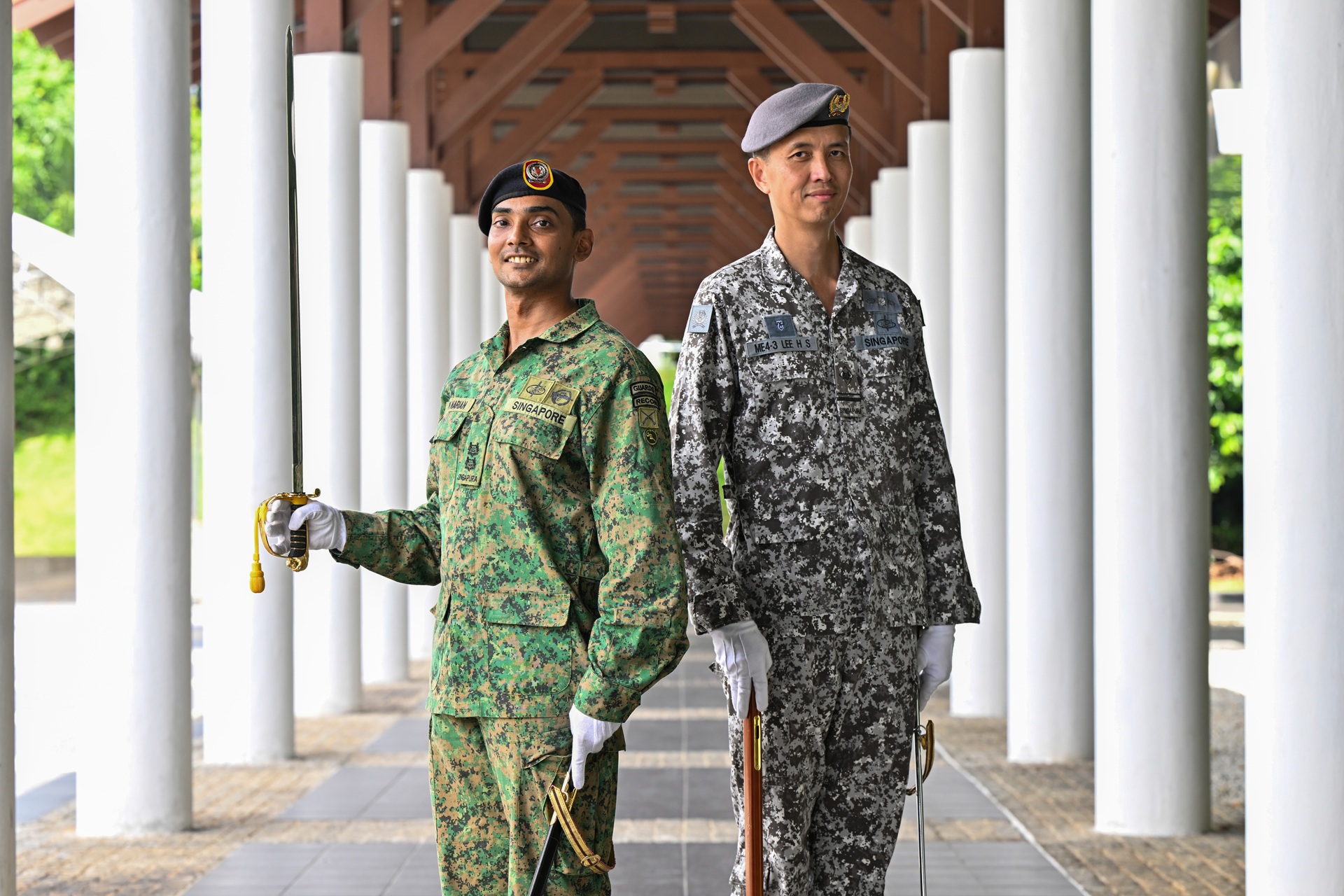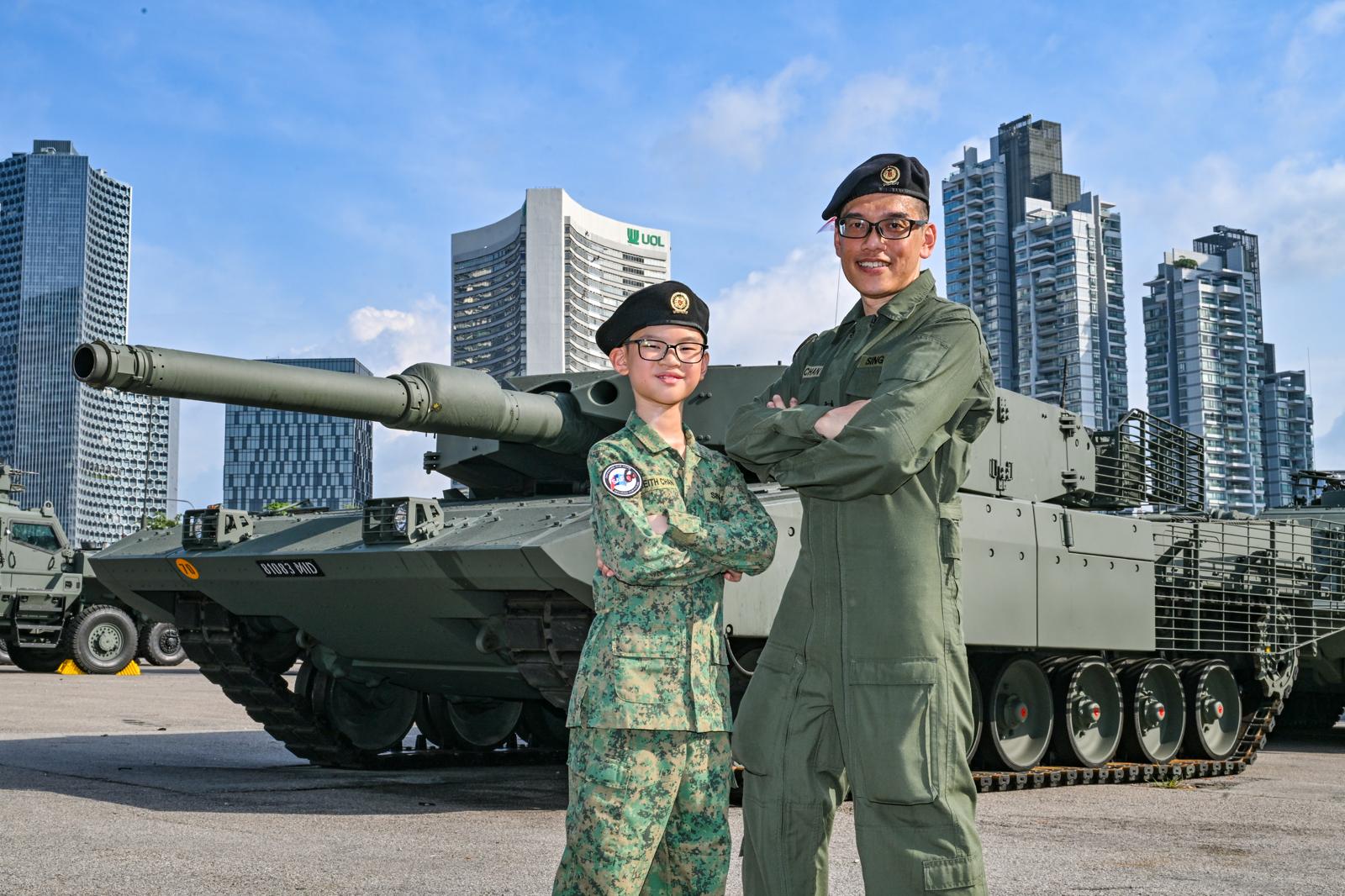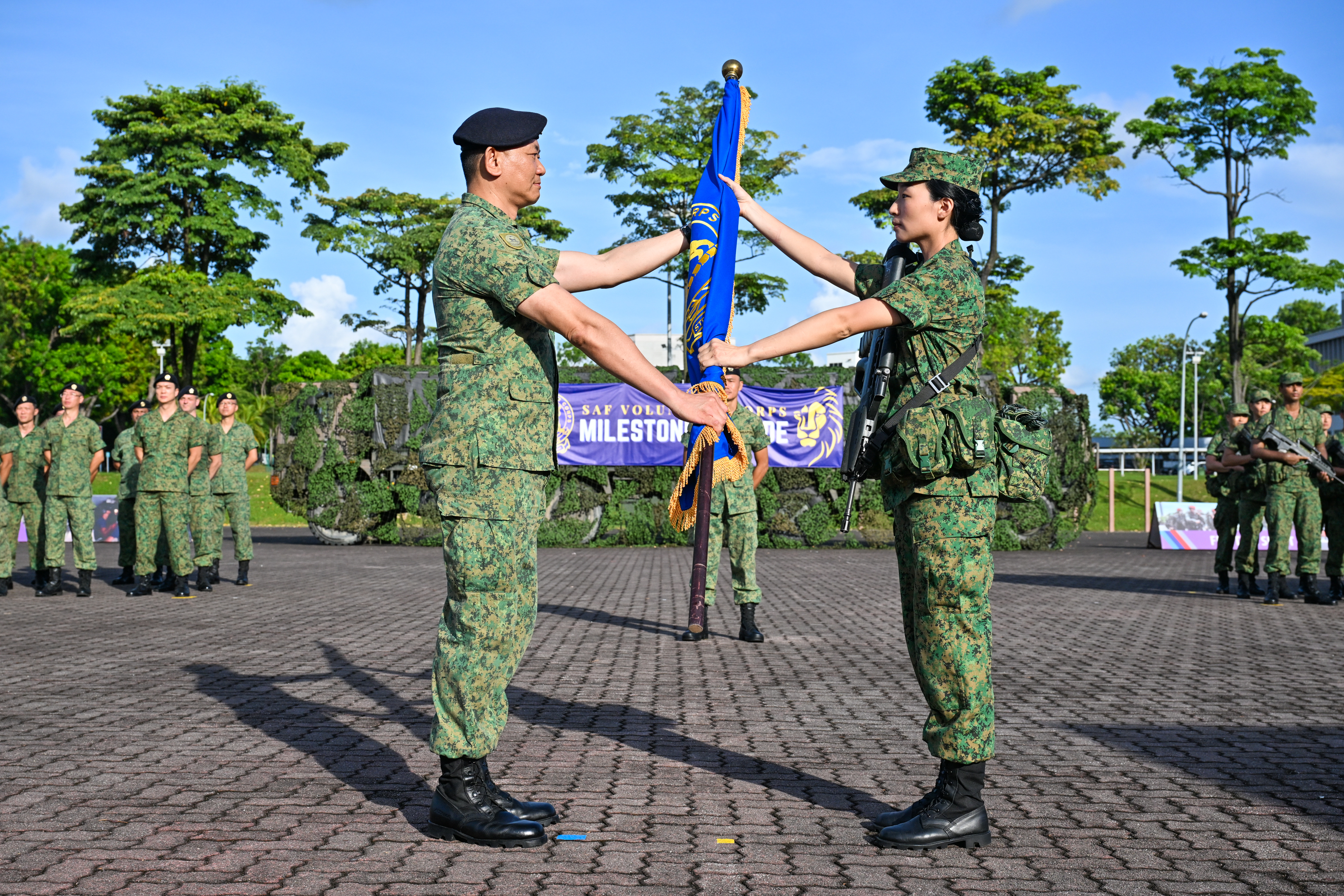MULTINATIONAL TAKEDOWN
STORY // Koh Eng Beng & Teo Jing Ting
PHOTO // PIONEER Photographers & Courtesy of SAF Film Unit
A merchant ship is found to be suspicious and tracked down on its way to Singapore. Once it is confirmed to have been hijacked by terrorists, a multinational force of Special Operations Task Force (SOTF) troopers from the SAF and Special Forces (SF) from Brunei, the Republic of Korea and Thailand come together to storm the vessel. Within minutes, the teams subdue the terrorists and rescue the hostages.
Concurrently, SOTF troopers and SF teams from 14 other countries storm the terrorists' hideout in Singapore. Intelligence reports have shown that the terror group responsible for the hijacking is based in the country.
The SF teams scale the multi-storey buildings via Mobile Adjustable Ramp System vehicles, while the SOTF teams rope onto the roofs from Super Puma helicopters. In a swift, seamless and simultaneous assault, all the terrorists are taken out.
Joining forces
This was the ADMM-Plus Maritime Security (MS) and Counter-Terrorism (CT) scenario for the exercise which took place from 2 to 12 May.
Jointly hosted by the SAF and the Royal Brunei Armed Forces (RBAF), the exercise aimed to strengthen the capabilities of participating militaries in combating terrorism and maritime threats.
The participating countries were the 10 ASEAN countries and the eight "Plus" countries - Australia, China, India, Japan, the Republic of Korea, New Zealand, Russia and the United States (US).
The MS phase, co-organised by Brunei and New Zealand, took place in Brunei, while the CT phase, co-conducted by Singapore and Australia, was in Singapore.
Minister for Defence Dr Ng Eng Hen, who witnessed the land-storming finale drill of the exercise in Singapore on 9 May, noted that the amount of resources and manpower that the 18 countries put in - about 3,500 personnel, 18 naval vessels, 25 aircraft and 40 SF teams - was a strong show of commitment.
"It's a very strong signal that, in this part of the world, we take maritime security and the threat of terrorism seriously, and there is a multinational effort to maintain peace and stability in this region," he said.
He highlighted how various countries were able to put aside their differences and participate in the exercise because of larger common goals of regional peace, stability and security.
"You work together because you know that (these problems are) larger than the (territorial) disputes. If your sea lines of communication are disrupted, or if terrorists embed themselves here in ASEAN, it will cause a loss of confidence, it will affect economic vitality, businesses (and the) safety of citizens of ASEAN countries."
Dr Ng noted that the exercise had great significance for Singapore as terrorism and maritime threats are trans-boundary in nature, and investors are looking at how the region fights terror and piracy. The exercise, he added, was part of the SAF's efforts in ramping up its counter-terrorism capabilities.
Teaming up at sea
The exercise began with MS phase where naval elements of participating countries trained together in Brunei and the South China Sea.
This phase saw navy ships participating in a series of activities including the exchange of personnel and Visit, Board Search and Seizure (VBSS) operations, before working together to locate the Vessel Of Interest (VOI) - the hijacked merchant ship. Among the participating ships was the Republic of Singapore Navy's frigate, RSS Formidable.
The MS scenario began with a suspicious merchant ship flagged out in the South China Sea by the Information Fusion Centre at Changi Naval Base. The information was sent to the Maritime Security Task Force situated in the Multinational Coordination Centre in Muara Naval Base, Brunei.
The task force, which was made up of representatives from different countries, then gave the information to their respective vessels to commence a multinational search and locate operation.
Two task units were formed and they ventured out on separate routes. Helmed by the Bruneian vessel KDB Darussalam, task unit one consisted of ships from Australia, India, Japan, Korea, Singapore and the US. Among them, RSS Formidable was tasked to take charge of the search.
Through methods such as the Maritime Automatic Identification System and surface area searching, the frigate determined the size of the search areas and the distance each vessel in the task unit had to cover, said Captain (CPT) David Kan, the Operations Officer of the RSS Formidable.
After locating the VOI and realising that it was non-compliant, RSS Formidable. planned the escorting of the vessel to the storming area.
In this case, all seven ships in the task unit were activated to form a screen of 10km around the VOI instead of the usual two-ship screen. This allowed the task unit to react accordingly should the VOI turn hostile or try to escape.
Said CPT Kan: "As we develop methods on how we can work with other countries, especially in the Code of Unplanned Encounters at Sea, this helps us cooperate at a greater level when we encounter each other at sea."
Forging deeper understanding
Noting that the MS portion was a progressive scenario where nations got together and strengthened their interoperability practices with one another, Lieutenant Colonel (LTC) Ng Xun Xi said that such activities helped to increase the frigate's familiarisation with other navies.
"There are different procedures not only in actions, but also in the area of voice procedures," explained the then-Commanding Officer (CO) of RSS Formidable.
"Going on board to exchange personnel, how far the boat goes and where they should embark and disembark from - these are things that can vary a lot across different forces."
This was where activities like the VBSS came in. RSS Formidable was paired with the Japan Maritime Self-Defence Force's helicopter destroyer, JDS Ise, and ship-storming teams from both ships conducted boarding drills on one other.
For this to happen, a lot of communication between both ships was required, and this experience brought about a deeper understanding of how both navies operated.
LTC Ng said: "The next time I do a boat transfer with the Japanese personnel, I know exactly how they are going to do it. I know what to expect when I get in touch with them, and if I tell them something, I know that they'll understand, as they would have heard it before."
Storming exchanges
Another group that benefited from the professional exchanges was the ship-storming team. Having taken part in a sea-storming scenario with the teams from other countries, Master Sergeant (MSG) Jeffrey Lau felt that he had learnt a lot from observing how other teams operated and communicated in a joint operation.
The naval diver explained: "We did not have a chance to work with the Bruneians before, so the MS exercise was a great opportunity for us to observe and work with the teams from other countries like Brunei and Thailand."
MSG Lau added that they also exchanged storming pointers and shared information about the equipment they used.
Practical outcomes
Co-Exercise Director and Director Joint Operations Brigadier-General (BG) Desmond Tan said the ADMM-Plus MS and CT exercise showed that the ADMM-Plus grouping was more than just a platform for dialogue: "This exercise is very timely and relevant. Given the challenges that we face in this region, both in the maritime security domain as well as in terrorism, I think we all recognise that these are areas of challenges that no one country can tackle by itself."
Co-Exercise Director RBAF's Joint Force Commander BG Dato Seri Pahlawan Haji Hamzah bin Haji Sahat agreed: "Given that ASEAN is a very strategic landscape and is mostly surrounded by water, this exercise underscores the importance of militaries training against non-conventional threats such as terrorism."
BG Tan added: "The ADMM-Plus MS and CT exercise provides a very important platform for us to work together and also to demonstrate our commitment to manage and handle these challenges collectively."
"This exercise is very timely and relevant. Given the challenges that we face in this region, I think we all recognise that these are areas of challenges that no one country can tackle by itself." - BG Desmond Tan, Co-director of the ADMM-Plus MS & CT Exercise
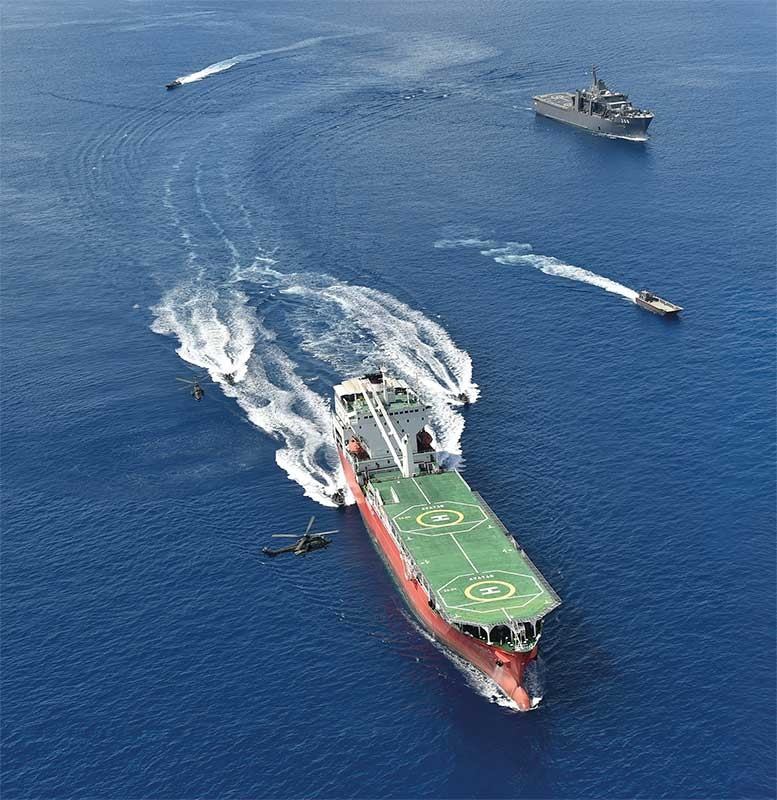
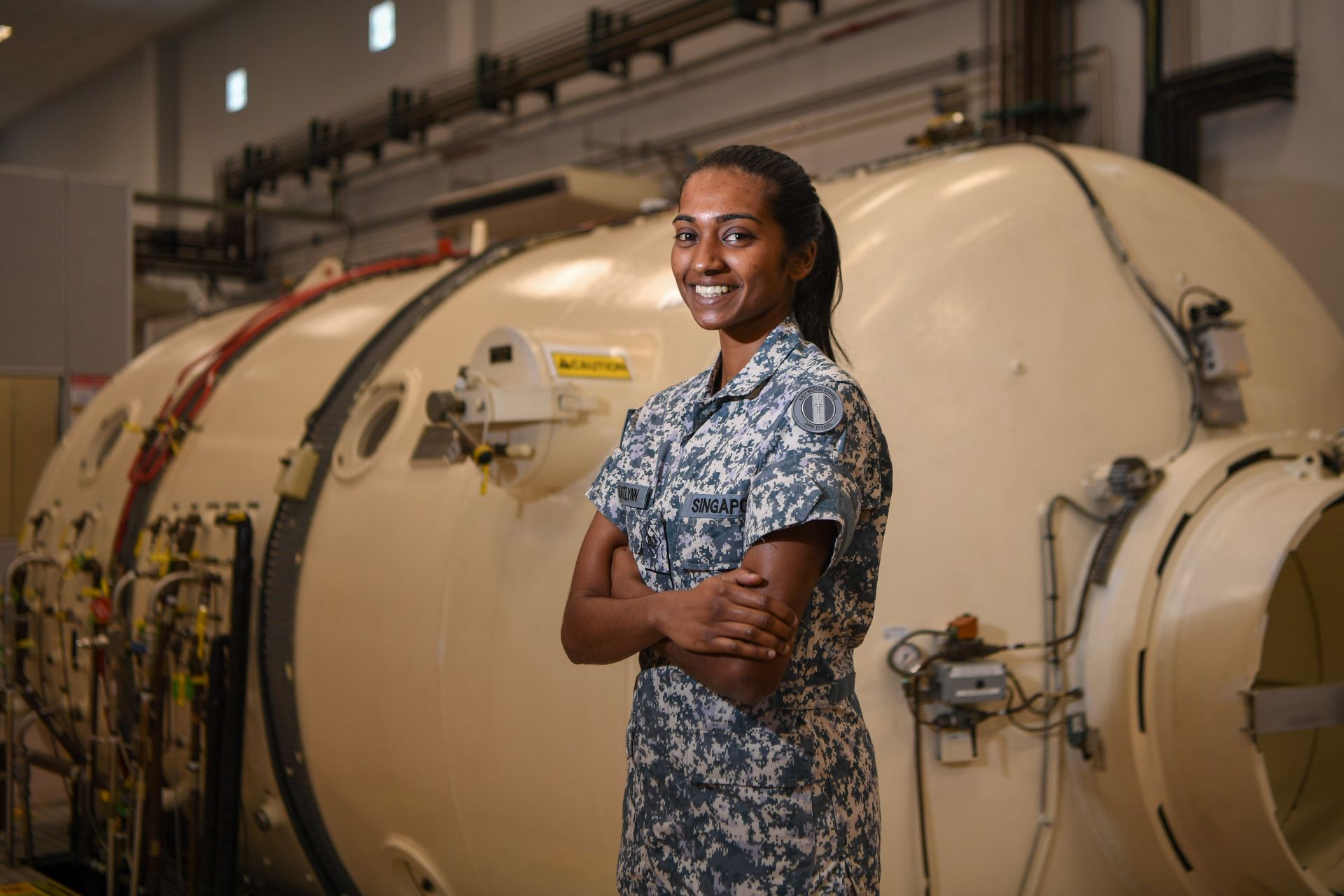
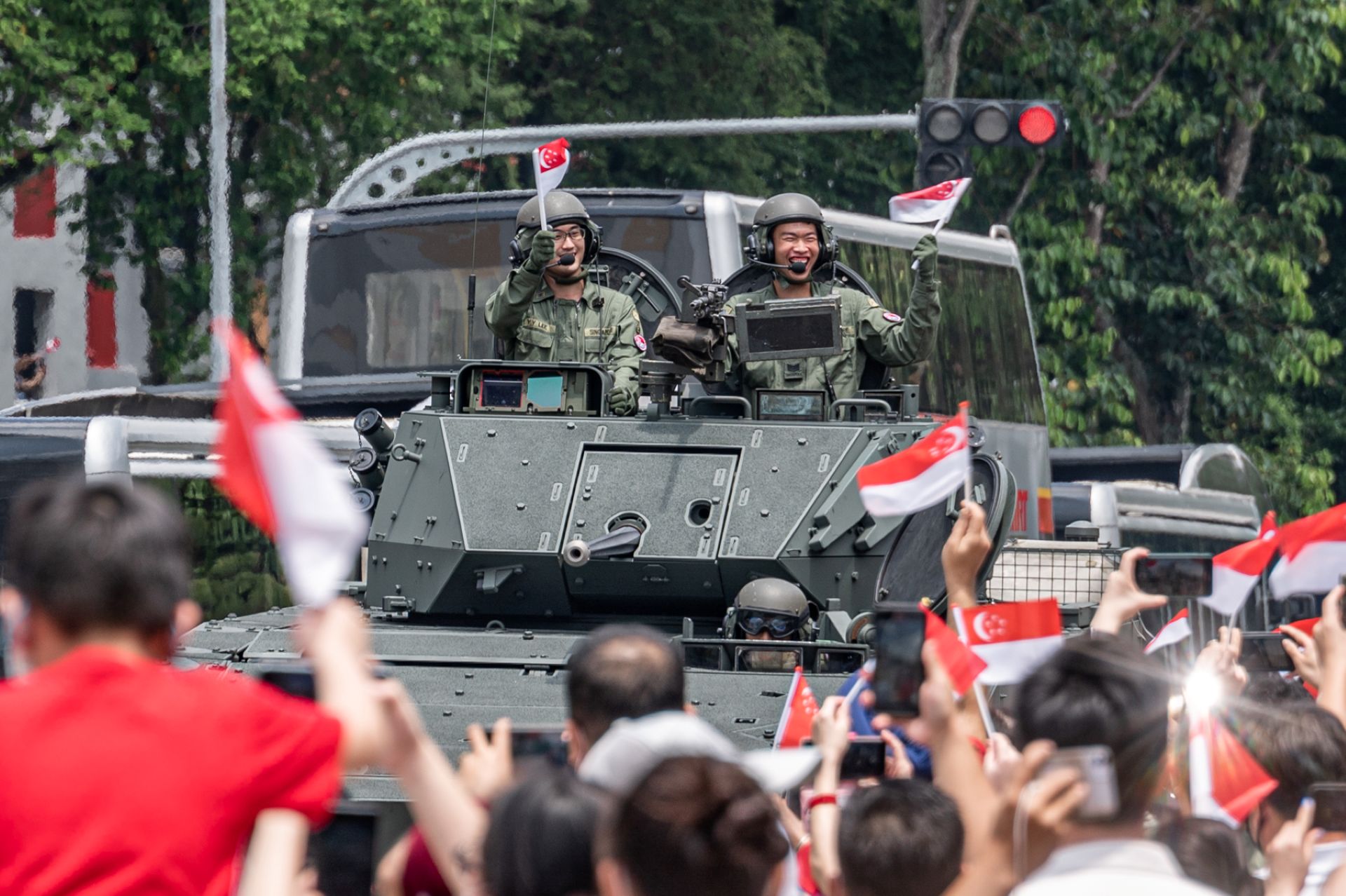
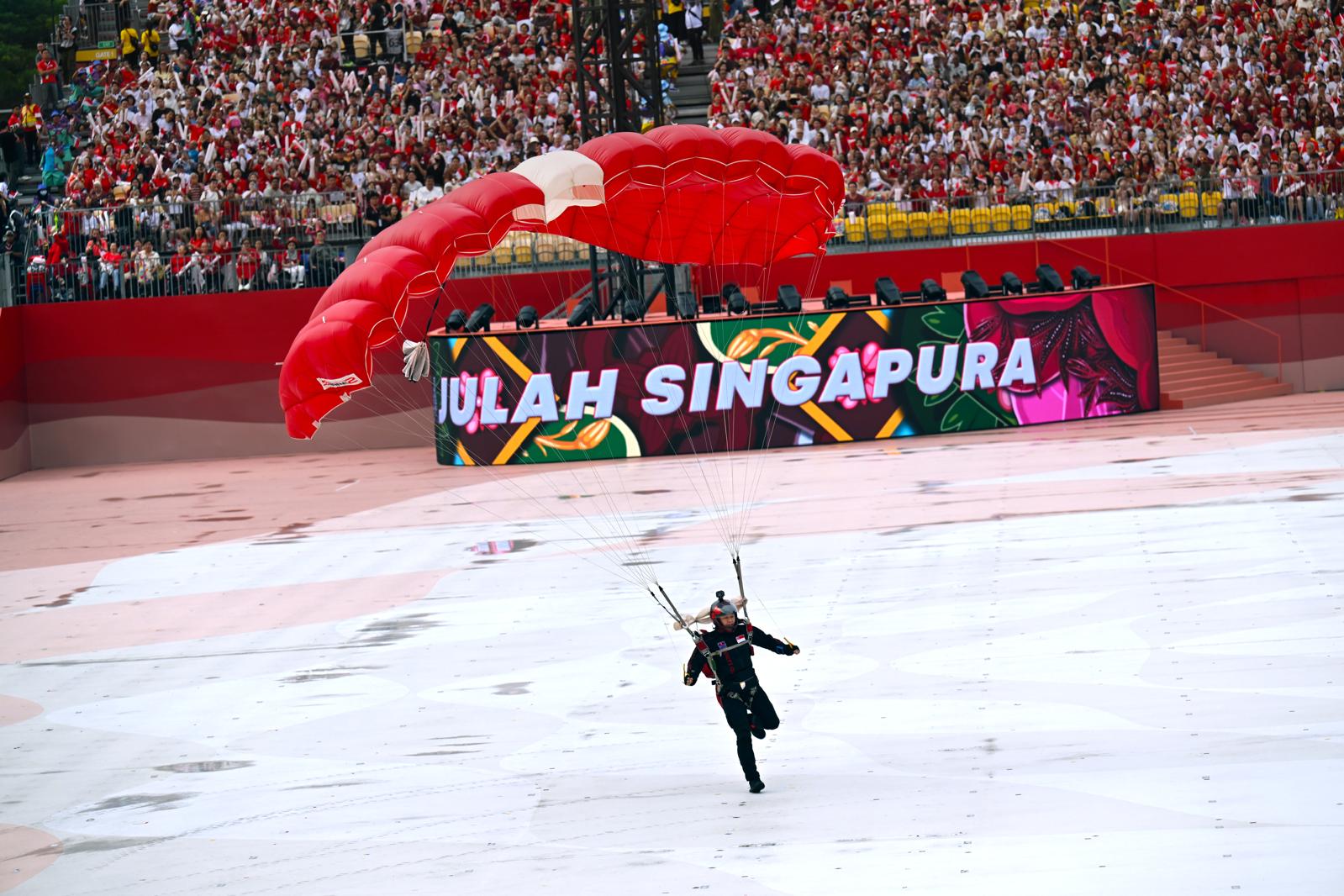
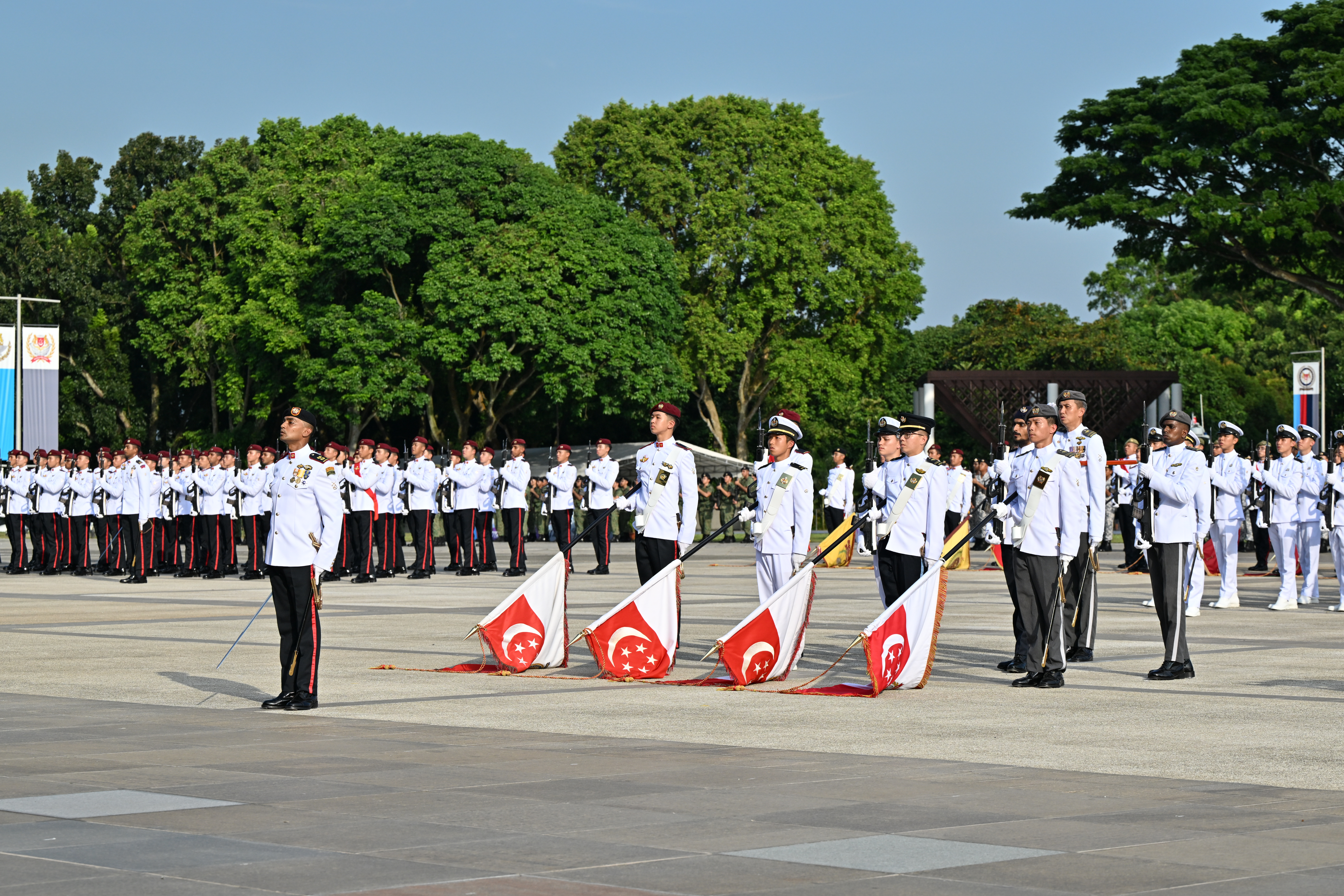
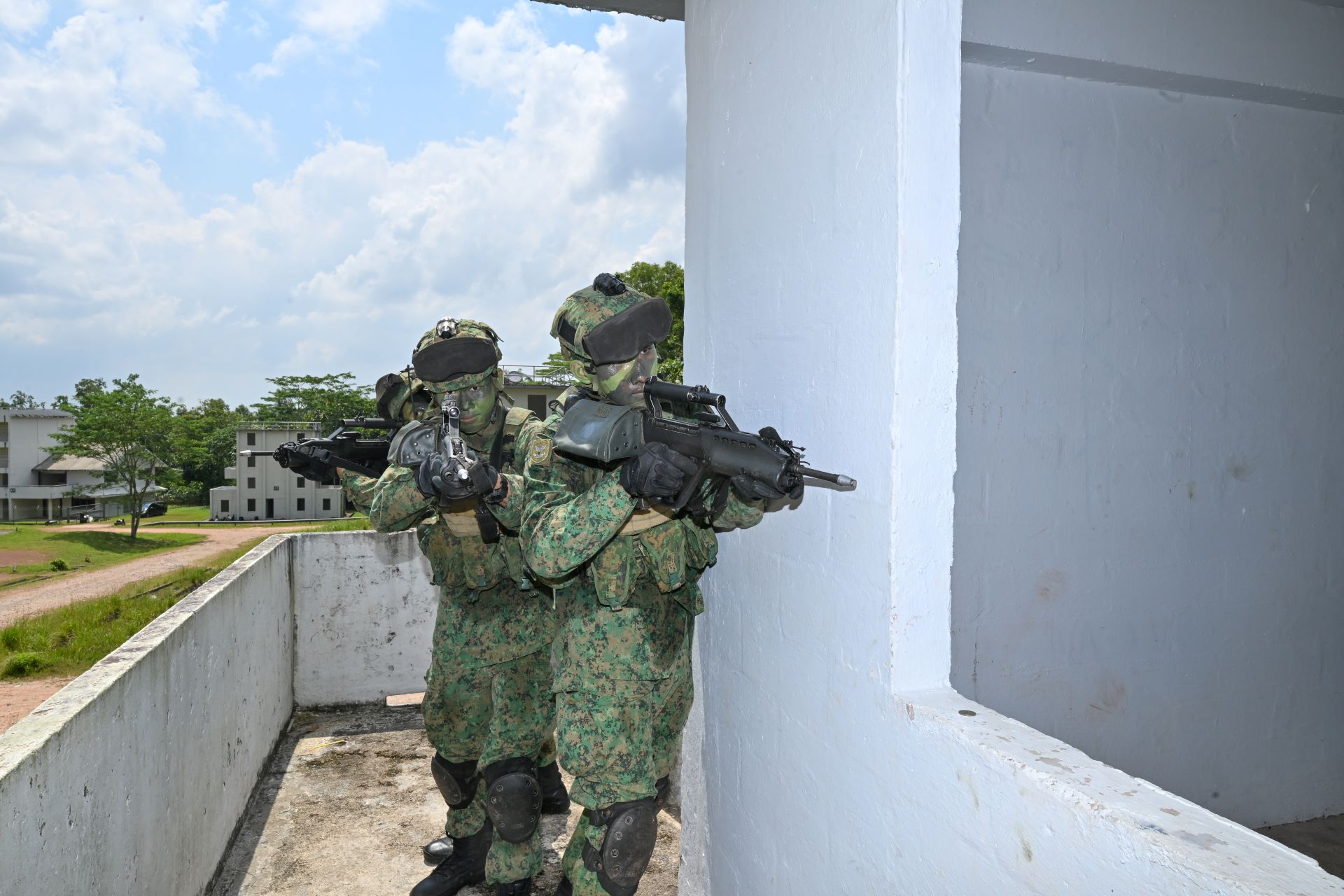
.jpg?sfvrsn=b5383902_1)
.jpg?sfvrsn=4eb1b86e_1)
